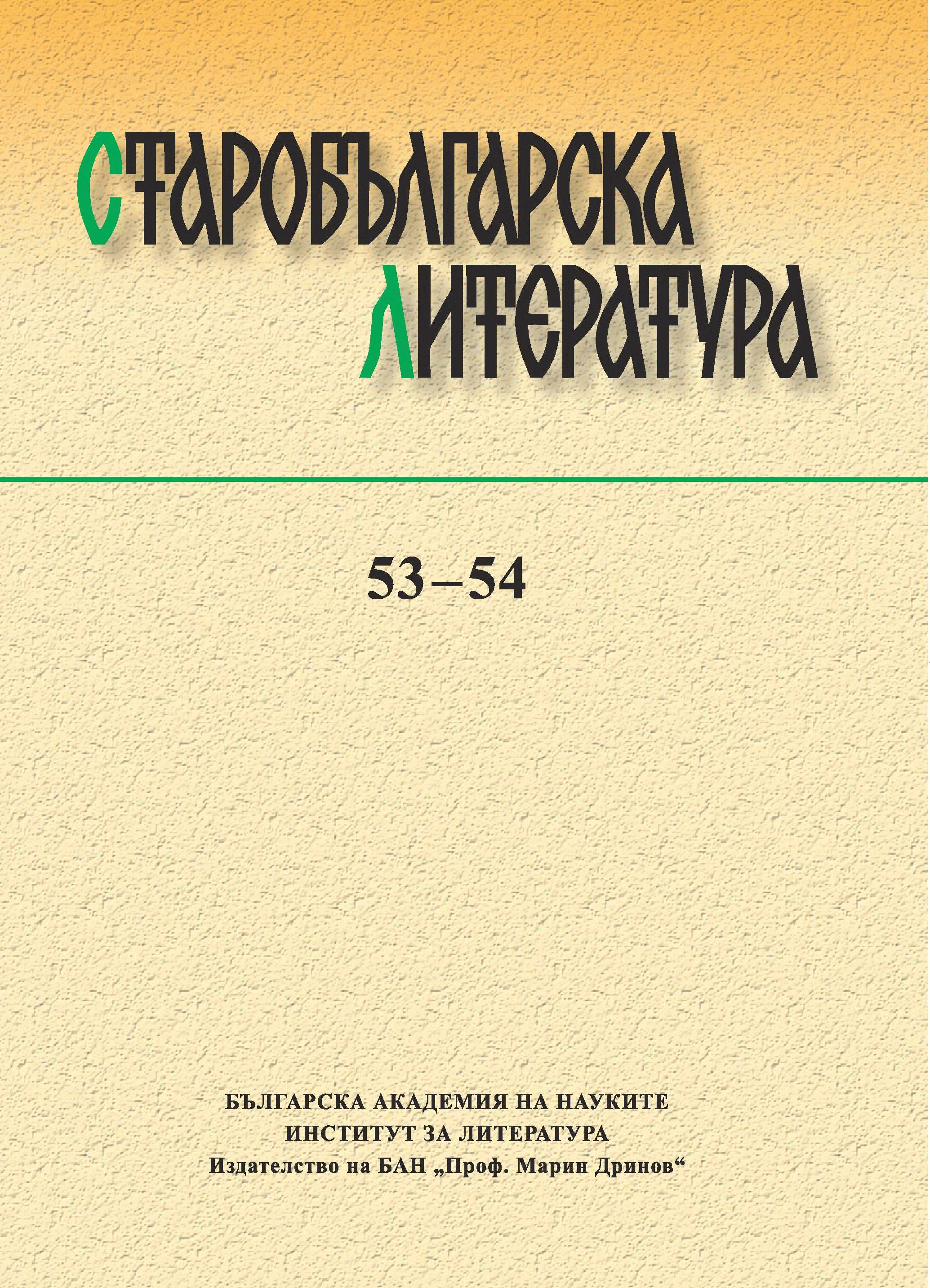Критични бележки върху хипотезите за датирането, функцията и ктиторството на църквата „Св. Архангели“ в Бачковския манастир
Critical Notes on Hypotheses about the Date, Function and Ktitorship of the Holy Archangels Church at Bachkovo Monastery
Author(s): Aleksander KuyumdzhievSubject(s): History, Fine Arts / Performing Arts, Cultural history, Architecture, Middle Ages, Theology and Religion
Published by: Институт за литература - БАН
Summary/Abstract: This article reconsiders existing hypotheses about the function and ktitorship of the Holy Archangels Church at Bachkovo Monastery. It proposes a new hypothesis that the church was built during the time of Gregory Pakourianos or shortly after his death in 1086 in order to “serve” the katholikon, i.e. to support the daily services performed at the main monastery church. The Church of the Holy Archangels was not impressive, had no commemorative function, and was not dedicated by a famous donor to an “exceptional” goal. It belongs to the type of “auxiliary” churches erected in front of monastery katholikons for the explicit purpose of supplementing their daily services. The Church of the Holy Archangels was not originally a two-story building; its current design is the cumulative result of constructions at various times. It was built on a pre-existing colonnade linking the monastery katholikon with the western portico – possibly the site of the monastery’s oldest refectory. In this context, the fresco of Tsar Ivan Alexander, positioned on the eastern part of the northwest pillar beneath the church is not specifically related to this church, but represents more broadly the Tsar’s sponsorship of the whole monastery. In fact, the image was initially located on one of the pillars of the western monastery portico, at the end of the colonnade beneath the Holy Archangels Church, which colonnade had a representative role and was probably a passage – the main way to access the katholikon from west. The portrait of the Nemanjićes on the western gate of Studenica Monastery presents another case of positioning a donor of such rank near a monastery entrance.
Journal: Старобългарска литература
- Issue Year: 2016
- Issue No: 53-54
- Page Range: 215-246
- Page Count: 32
- Language: Bulgarian
- Content File-PDF

